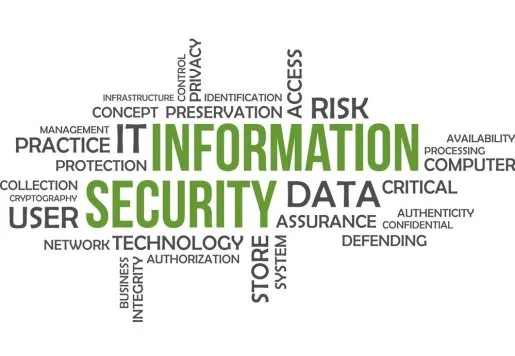
(1). What is an Information Security Assurance?
The management and protection of knowledge, information, and data. It combines two fields: Information assurance, which focuses on ensuring the availability, integrity, authentication, confidentiality, and non-repudiation of information and systems.
(2). Components Information Security Assurance?
Integrity
Availability
Authentication
Confidentiality
Nonrepudiation
(3). Differentiate the certification programs to Common body language?
Certificate programs are relatively short term, 3-9 months, low in cost, and have high rates of completion relative to degrees programs. Certificates offer very specialized education and training that allow the student to develop transferable skill-sets specific to the work field or type of job they desire to be in. Body language is a type of nonverbal communication in which physical behaviors, as opposed to words, are used to express or convey the information. Such behavior includes facial expressions, body posture, gestures, eye movement, touch and the use of space.
(4). Differentiate the Governance and Risk management?
Governance, or corporate governance, is the overall system of rules, practices, and standards that guide a business. Risk, or enterprise risk management, is the process of identifying potential hazards to the business and acting to reduce or eliminate their financial impact.
(5). Different between Security Architecture to Design?
Security architecture is the set of resources and components of a security system that allow it to function. ... Security design refers to the techniques and methods that position those hardware and software elements to facilitate security. Items like handshaking and authentication can be parts of network security design.
(6). Different between Business Continuity Planning to D-i-s-a-s-t-e-r Recovery Planning?
Business continuity focuses on keeping business operational during a disaster, while disaster recovery focuses on restoring data access and IT infrastructure after a disaster. ... Meanwhile, a disaster recovery strategy helps to ensure an organization's ability to return to full functionality after a disaster occurs.
(7). What is Physical Security Control?
The implementation of security measures in a defined structure used to deter or prevent unauthorized access to sensitive material. Examples of physical controls are: Closed-circuit surveillance cameras. Motion or thermal alarm systems. Security guards.
(8). What is Operations Security?
A security and risk management process that prevents sensitive information from getting into the wrong hands. ... OPSEC is both a process and a strategy, and it encourages IT and security managers to view their operations and systems from the perspective of a potential attacker.
(9). What is Law?
A system of rules created and enforced through social or governmental institutions to regulate behavior, with its precise definition a matter of longstanding debate. It has been variously described as a science and the art of justice.
(10). What is Investigation?
A thorough search for facts, especially those that are hidden or need to be sorted out in a complex situation. The goal of an investigation is usually to determine how or why something happened.
(11). What is Ethics?
A branch of philosophy that "involves systematizing, defending, and recommending concepts of right and wrong behavior". The field of ethics, along with aesthetics, concerns matters of value; these fields comprise the branch of philosophy called axiology.
(12). What is Information Security?
Sometimes shortened to InfoSec, is the practice of protecting information by mitigating information risks. It is part of information risk management.